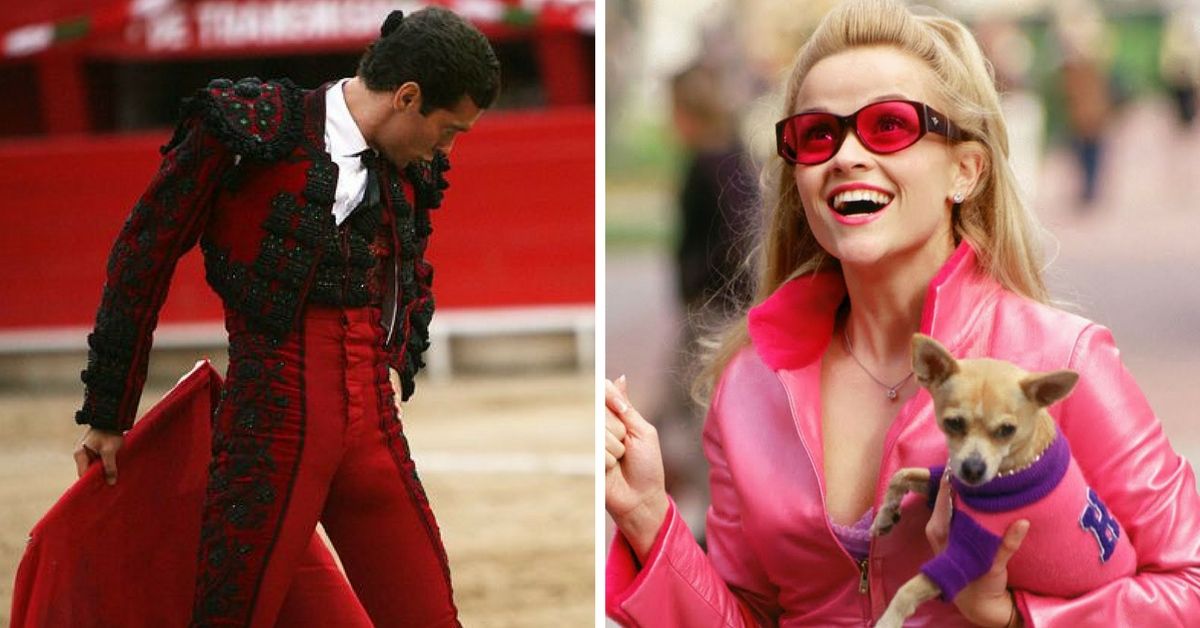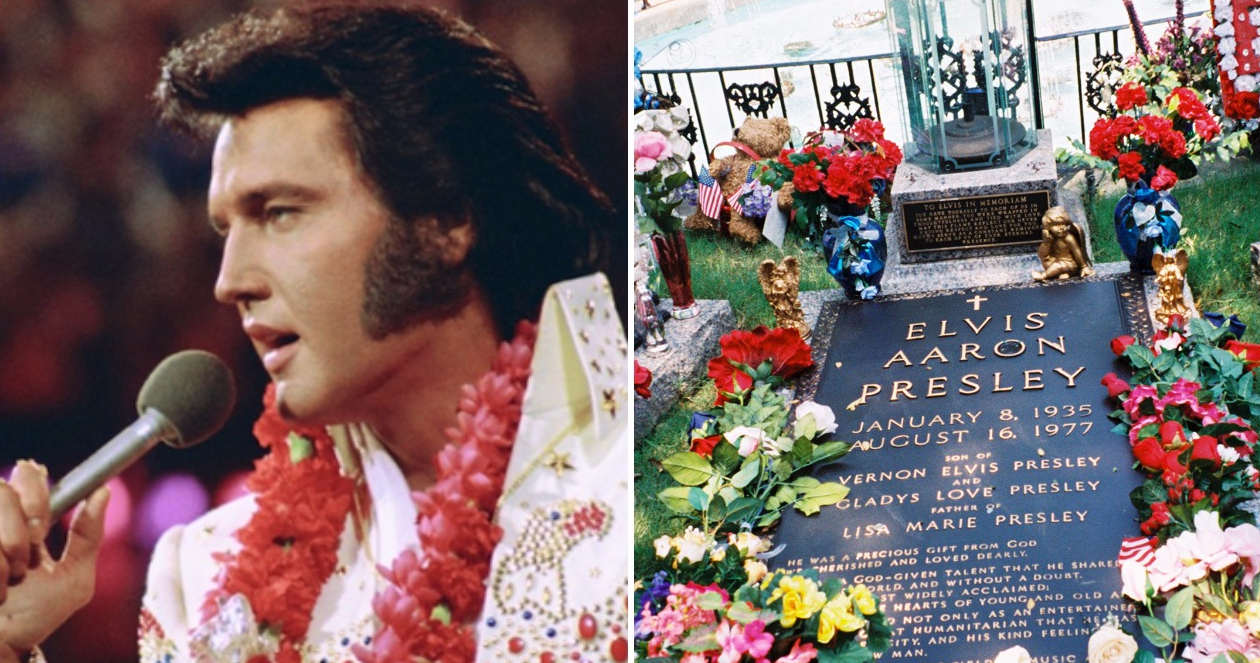Stereotypes don't just apply to people, places, and religions, they also apply to pop-culture references that we have all just accepted as the "norm." But where did these stereotypes even begin, and why exactly are they stereotypes that have continued to exist for decades?
Here are the origins of 9 pop culture stereotypes that we just accept as always having been true.
1. Cops and doughnuts
Before the 1950s, cops used to walk their "beats," then came the advent of the police cruiser. When cops were now allowed to drive around town all night, they were able to find stores that were open late in order to grab a bite to eat or something to drink. At the time, the only places that were open that late were coffee shops, which coincidentally sold doughnuts. Hence, cops like doughnuts. Plus, now that cops have no idea when their next break is going to happen, doughnuts are able to stay edible when sitting in a car for long periods of time.
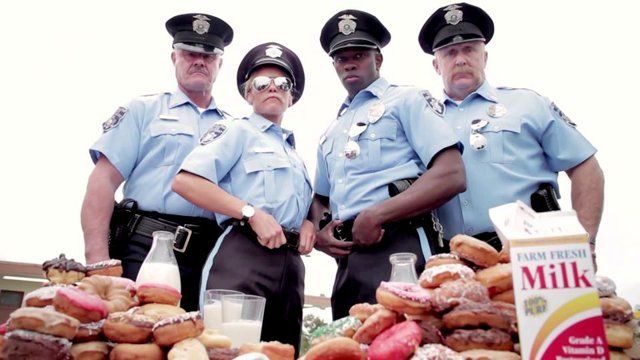
2. The matador's red cape.
It doesn't matter what color a matador's cape is, bulls are colorblind. So why do we consider the red cape to a be trigger for charging bulls? Matadors use capes of a variety of colors, but it is only towards the end of the fight that the red cape comes into play. The bull is set to be stabbed to death, and the red cape just happens to hide the sight of blood from the spectators.
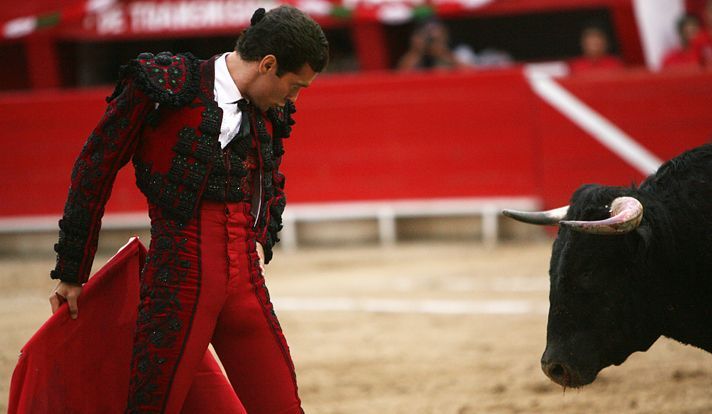
3. Mice eating cheese.
It turns out that mice don't even like eating cheese, which is why people who set traps are told to use peanut butter instead. Why do all cartoon mice appear willing to risk their lives for a wedge of cheddar? Before the advent of refrigerators (or electricity for that matter) food was stored in a number of different ways. Cheese was kept in a pantry, so when a mouse would go looking for food, they would often come across this dairy product. Even though they don't particularly like cheese, when hungry, they will eat virtually anything.
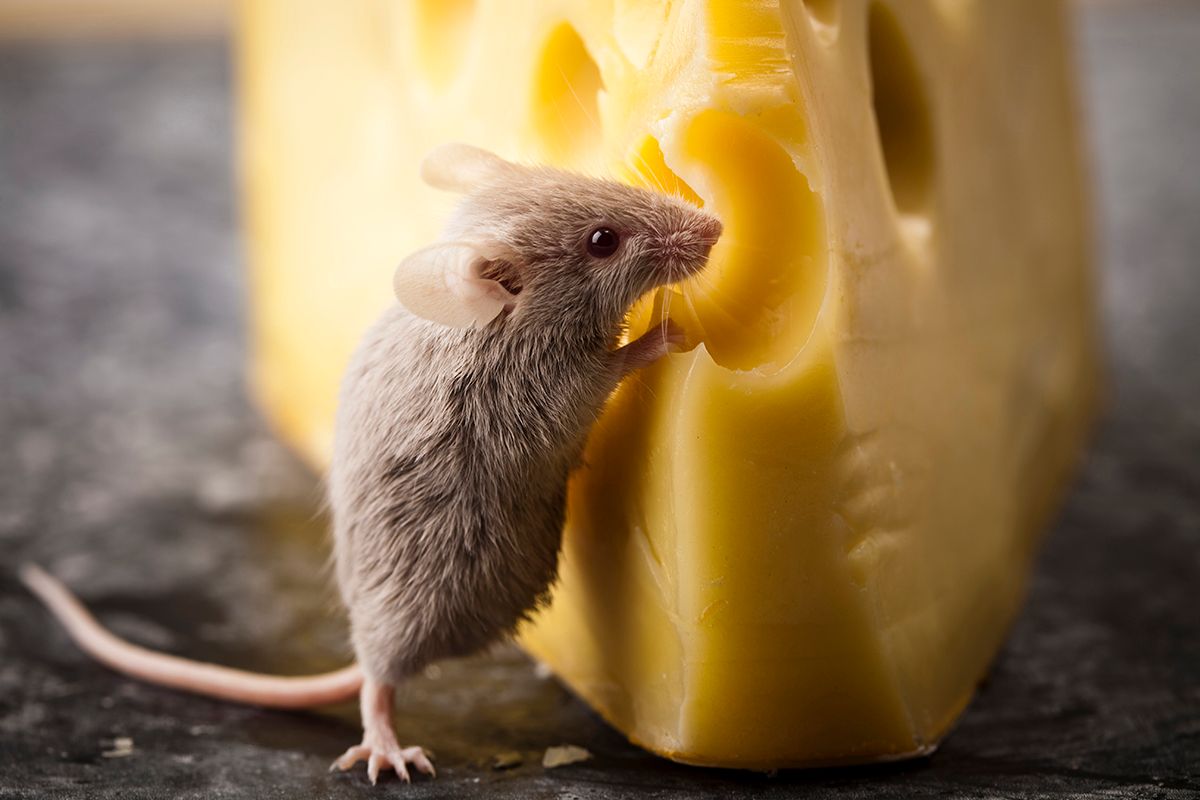
4. The obese opera singer.
Contrary to popular belief, most opera singers are not massive human beings. It all started with a particular opera, Wagner's Der Ring des Nibelungen, which features a Valkyrie character who would sing for 20 minutes straight to end that particular show. The ladies who portrayed her were often bigger (not obese) and because of the success of that particular opera, the stereotype was born. We also got "it's not over until the fat lady sings," from the same deal.
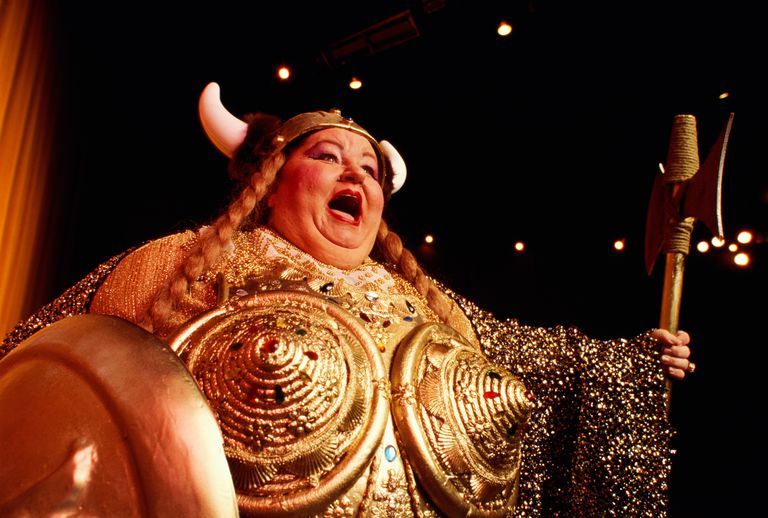
5. The dumb blonde.
This stereotype has actually been around for hundreds of years. In Paris (200 years ago) there was a blonde debutante named Mademoiselle Rosalie Duthe, who was as beautiful as she was mentally slow. She inspired a playwrite to create a one-act play that depicted a dumb blonde character who was clearly inspired by Duthe. It was because of this play that we still have dumb blonde characters sprinkled throughout pop-culture.
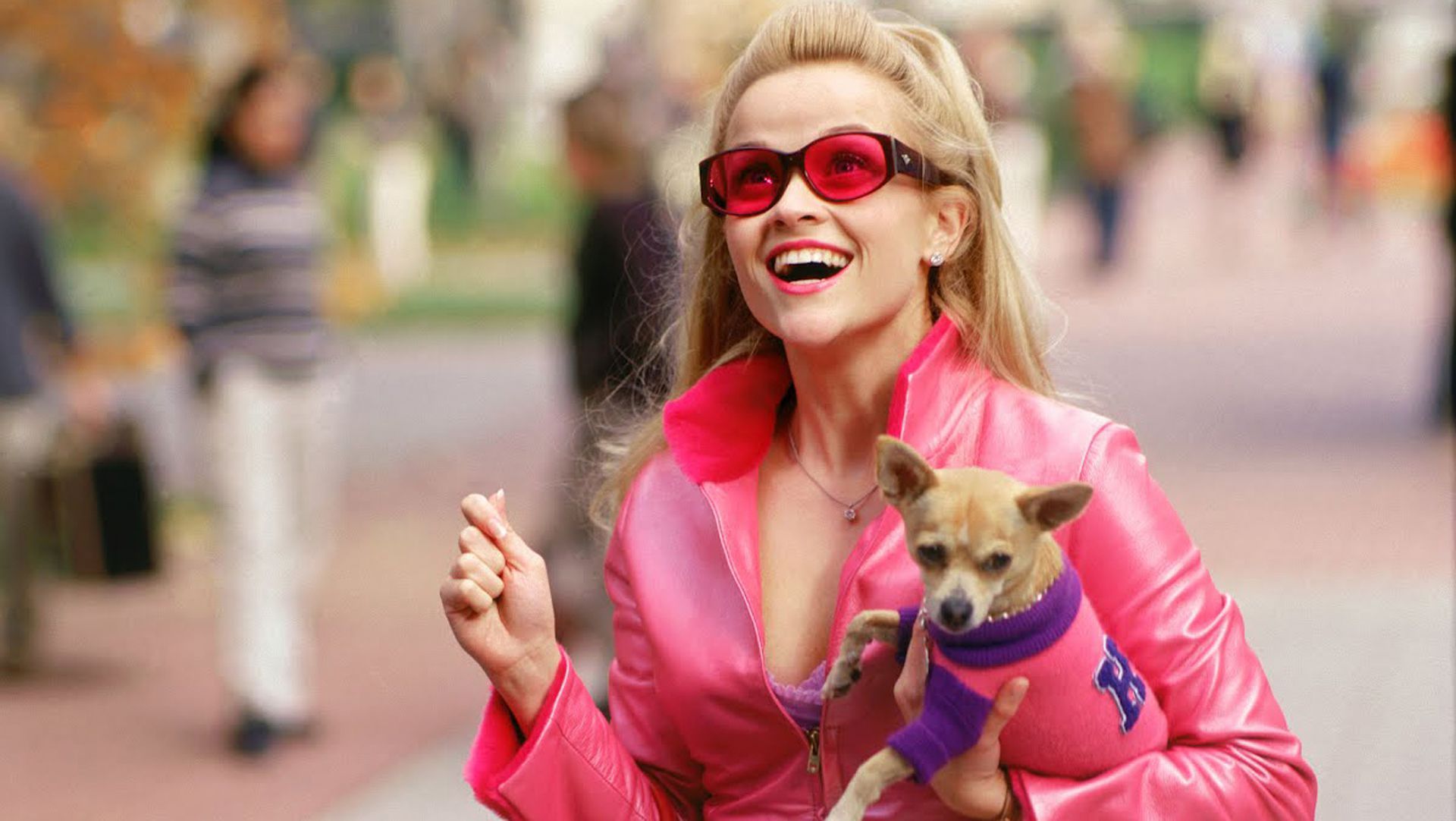
6. Rabbits and their love of carrots.
You always see cartoon rabbits enjoying a meal of carrots, but that isn't how it works. In fact, Bugs Bunny is actually the originator of this particular pop-culture stereotype. The first time he did this, he was mimicking Clark Gable from the 1930s movie It Happened One Night.
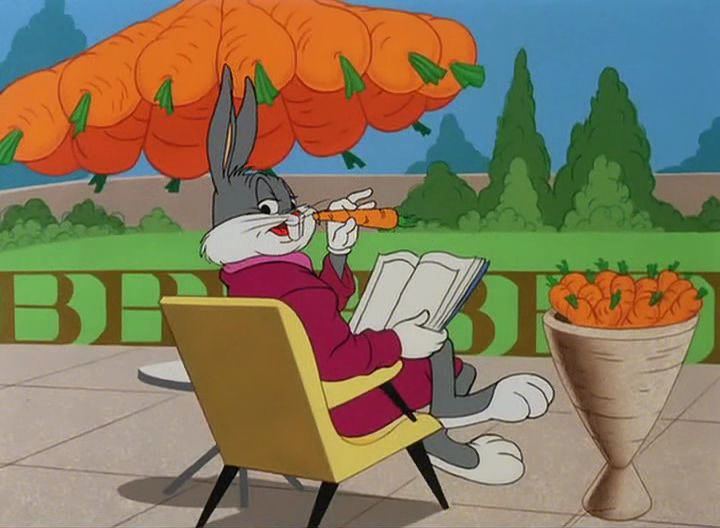
7. Ghosts scaring us by saying "boo".
You can thank Scotland for this particular play on horror. It stemmed from a poem published in 1738 called, Scotch Presbyterian Eloquence Display'd. One particular verse spawned the whole thing:
"said the Bairn, I will not believe in God, for God is a Boo; but I will believe in Christ, for he is sweet, Daddy, and he is good. Now you may by this see Sirs, that God without Christ is a Boo. Boo is a Word that's used in the North of Scotland to frighten crying Children."
Now ghosts are known to say boo when they want to scare people.
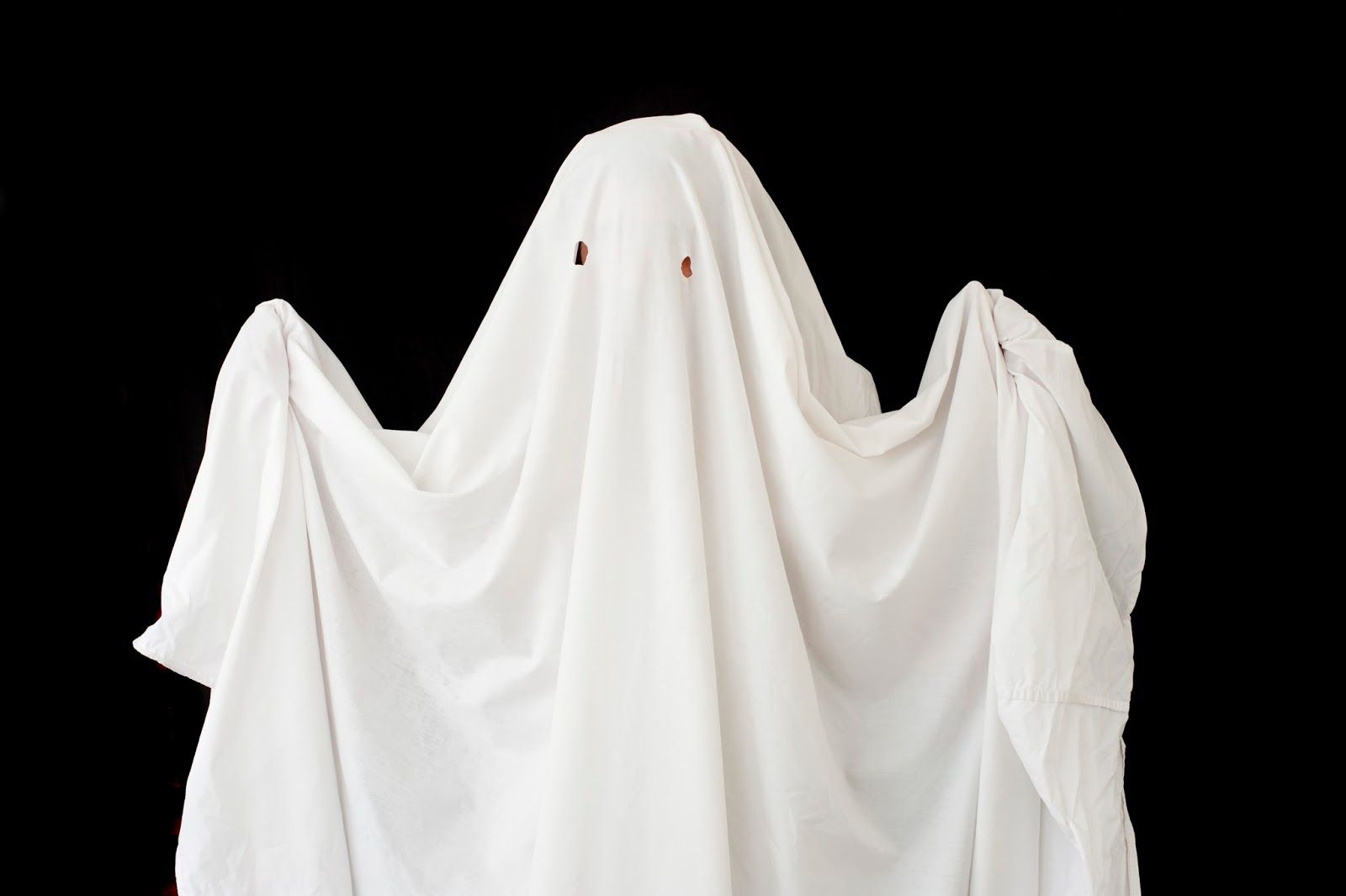
8. Dalmatians in the firehouse.
Every firehouse seems to have a dalmatian on staff, or so it would appear. Back before the advent of the fire engine, fire fighters would head to fires in horse-drawn vehicles. When they would get out to fight the fire, thieves would take the opportunity to steal the horses while no one was paying attention. Enter the dalmatian.
The dogs got along well with the horses and would act as their guardians, sleeping beside the horses, and letting anyone know if someone was coming near. They were also fiercely protective. Once horses were no longer needed, the dalmatian became more a symbol than anything else.
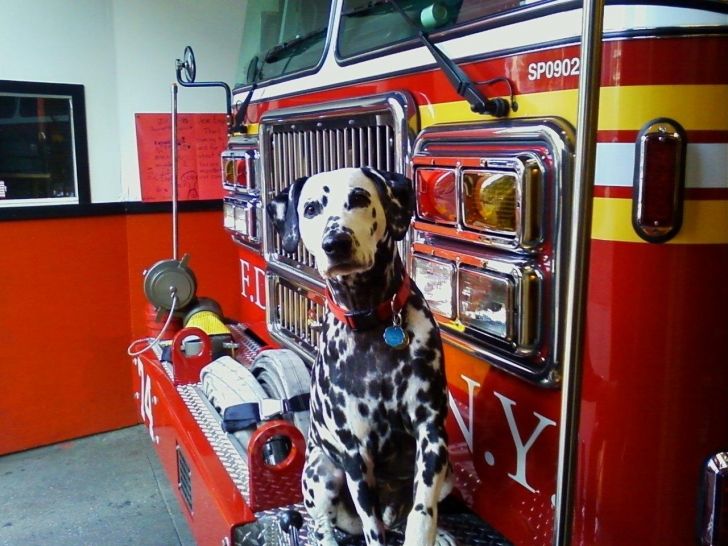
9. Prisoners wearing black and white stripes.
Orange may currently be the go-to for prison issue clothing these days, but the black and white stripes that are routinely portrayed in cartoons were actually quite real. The were designed by a prison warden from New York in the 1820s as a way to stop prisoners from escaping. The thought was that the prisoners would be dressed so differently from the rest of society, it would be nearly impossible for them to get away unseen by a member of the public.
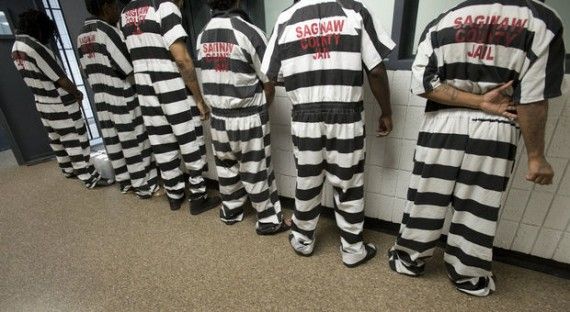
Who knew?
